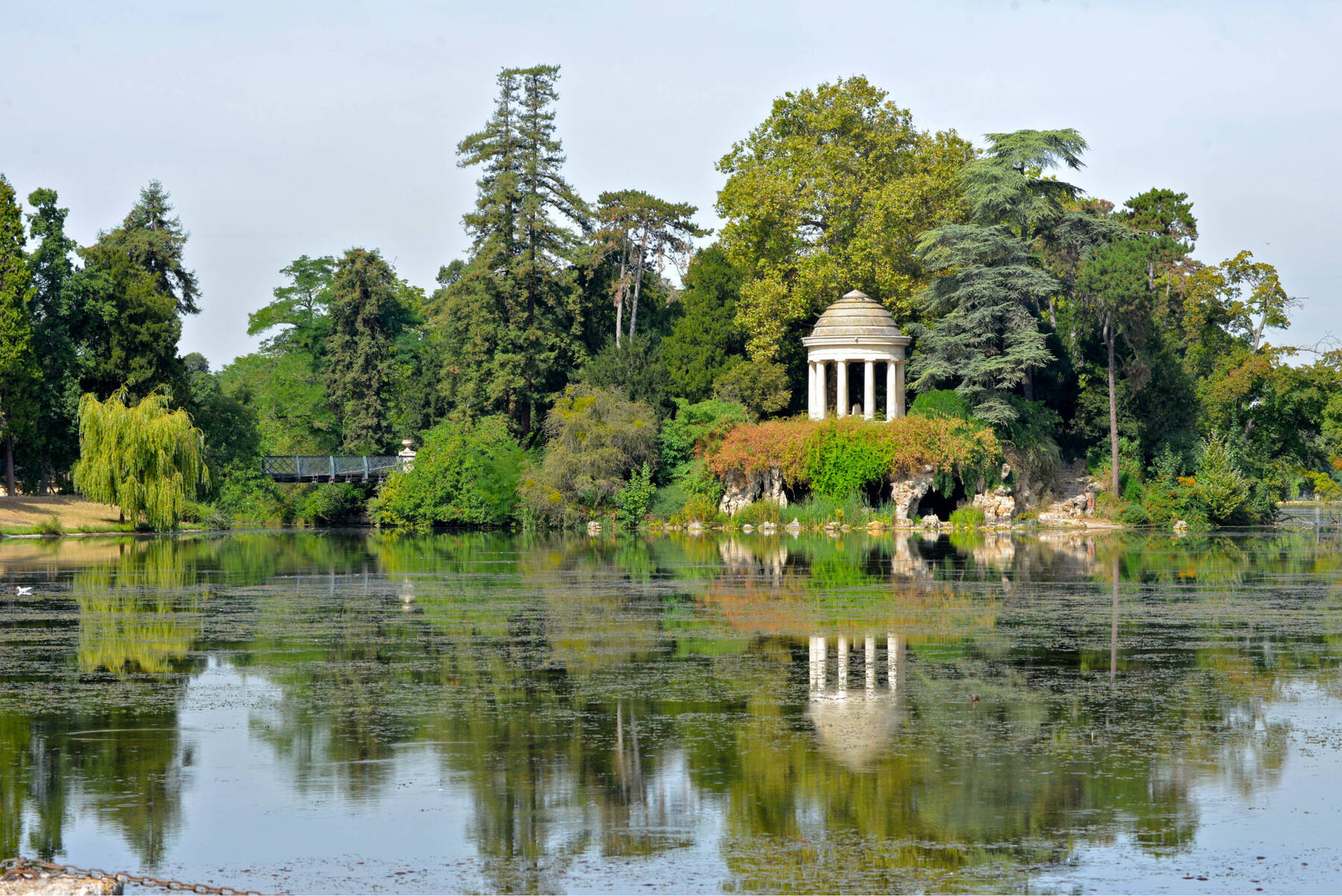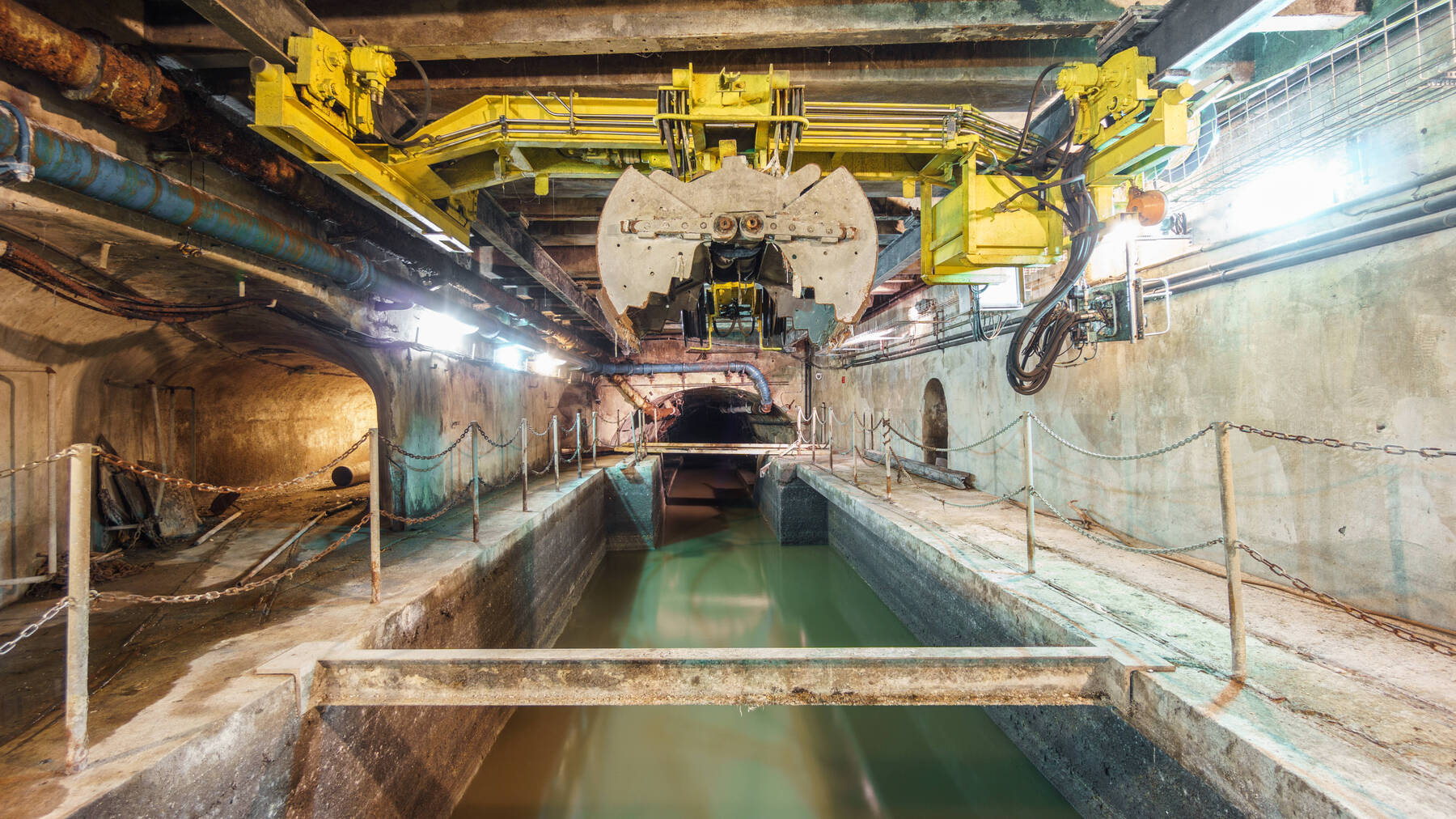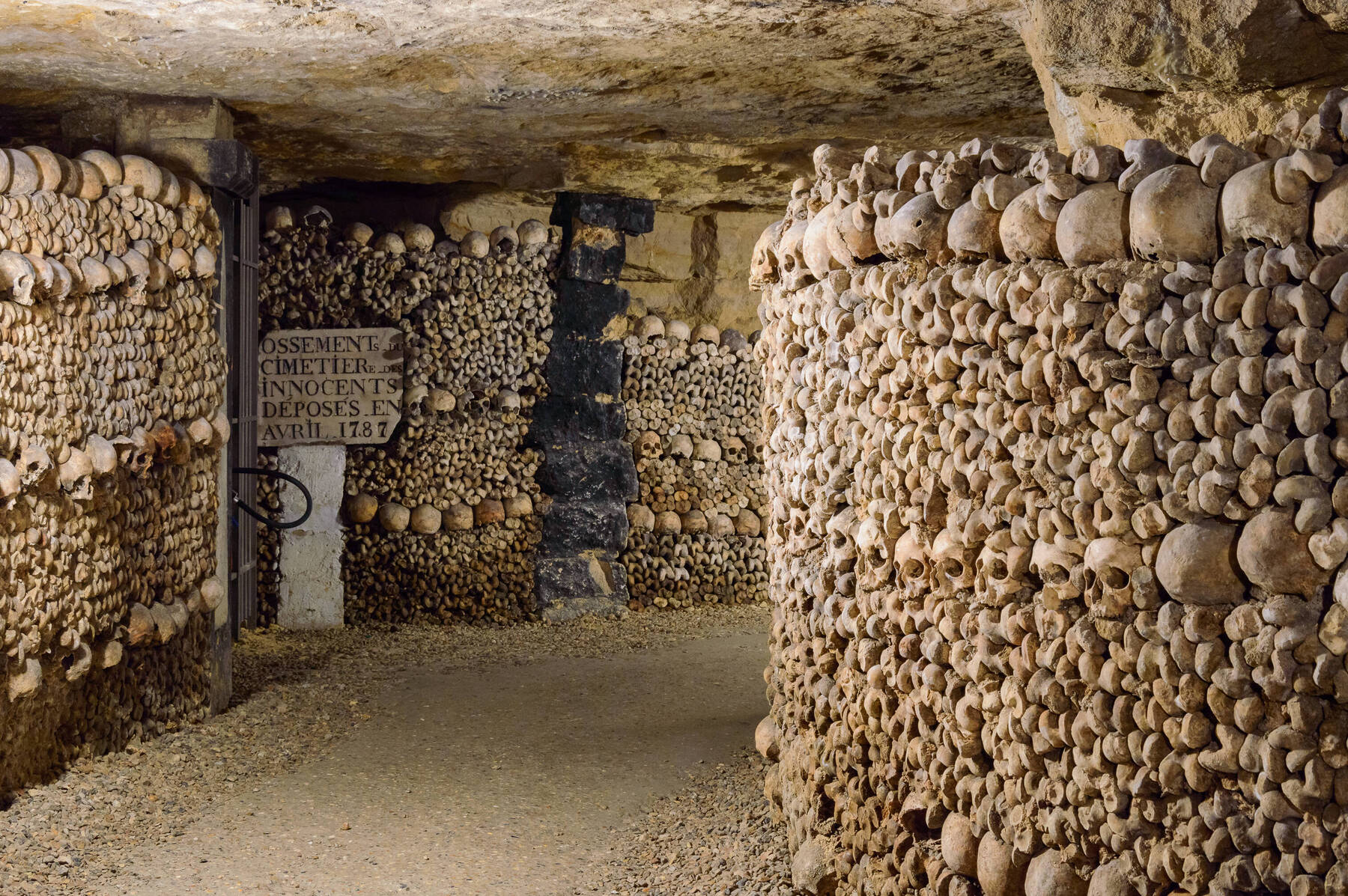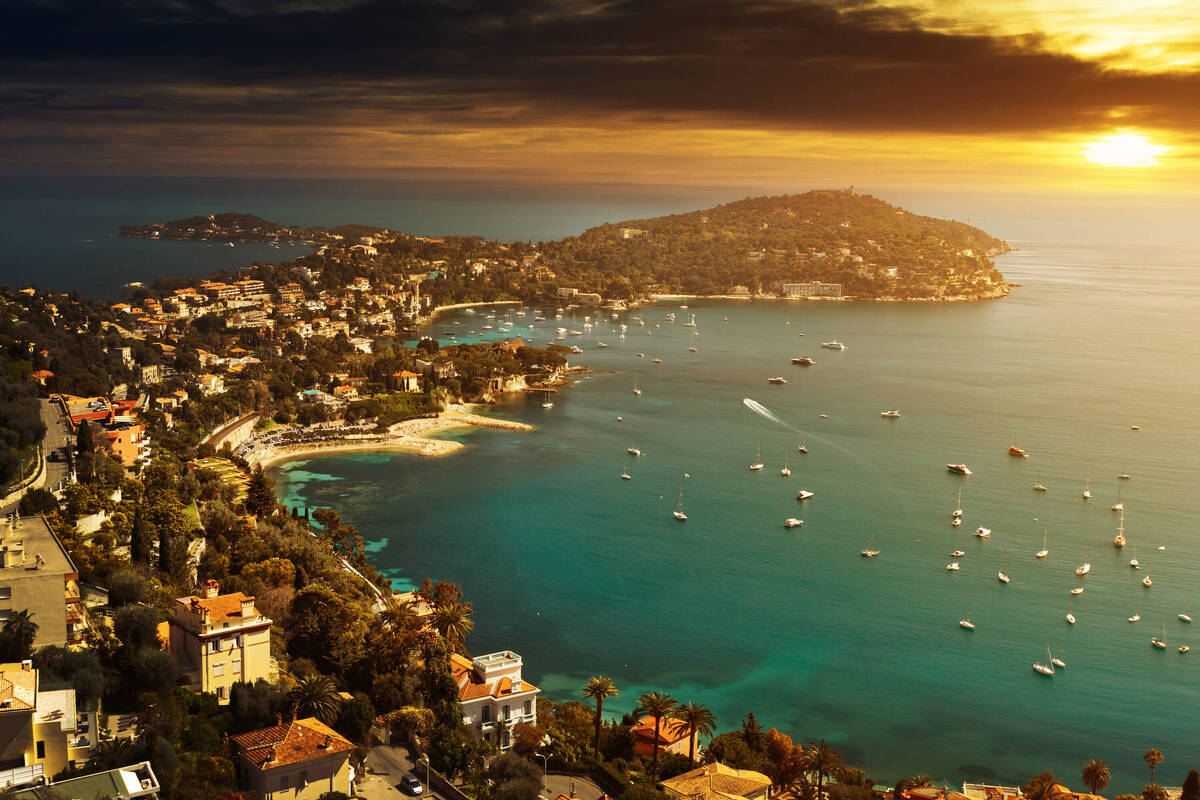The Promenade Plantée
Also called the Coulée Verte René-Dumont or just Coulée Verte, this is a nature trail running along the top of an abandoned railway line. A stroll along this 4.7-km-long elevated walkway is a fabulous way to take in Paris from another angle while enjoying the nature vibe of this urban green space. This sounds a lot like New York's High Line, you may think – but Paris was the first city to open this linear park on an elevated viaduct back in 1993.
It's a very pleasant 90-minute stroll from one end to the next. Along the way, you'll pass flower gardens, bamboo groves, trellises of climbing plants, rose bushes, and lime and hazelnut trees, while catching glimpses of the Parisian skyline and scenes of street life below. There are also plenty of benches, picnic spots and gardens offering a rest stop and a chance to soak up the nature vibe.
Accessed via stairways and lifts, this green walkway in the sky begins close to the Opera House at Place de la Bastille and stretches 4.7 kilometres eastwards to the Bois de Vincennes. Along Avenue Daumesnil, the archways of the 10-metre-high brick viaduct have been converted into high-end speciality shops. Dubbed the Viaduc des Arts, there's a shop tucked under each archway peddling artistic wares such as jewellery, design furniture, decorative porcelain and musical instruments.
Walk across the cable-stayed footbridge to get to the Jardin de Reuilly, a popular city park with picnickers and sunbathers. Heading further east, the trail slices through a contemporary building specially built to accommodate the walkway that has become a landmark. From here, the trail descends to street level and becomes a tree-lined cycle path running along Allée Vivaldi and accessible to cyclists and rollerbladers as well as walkers.























Comments